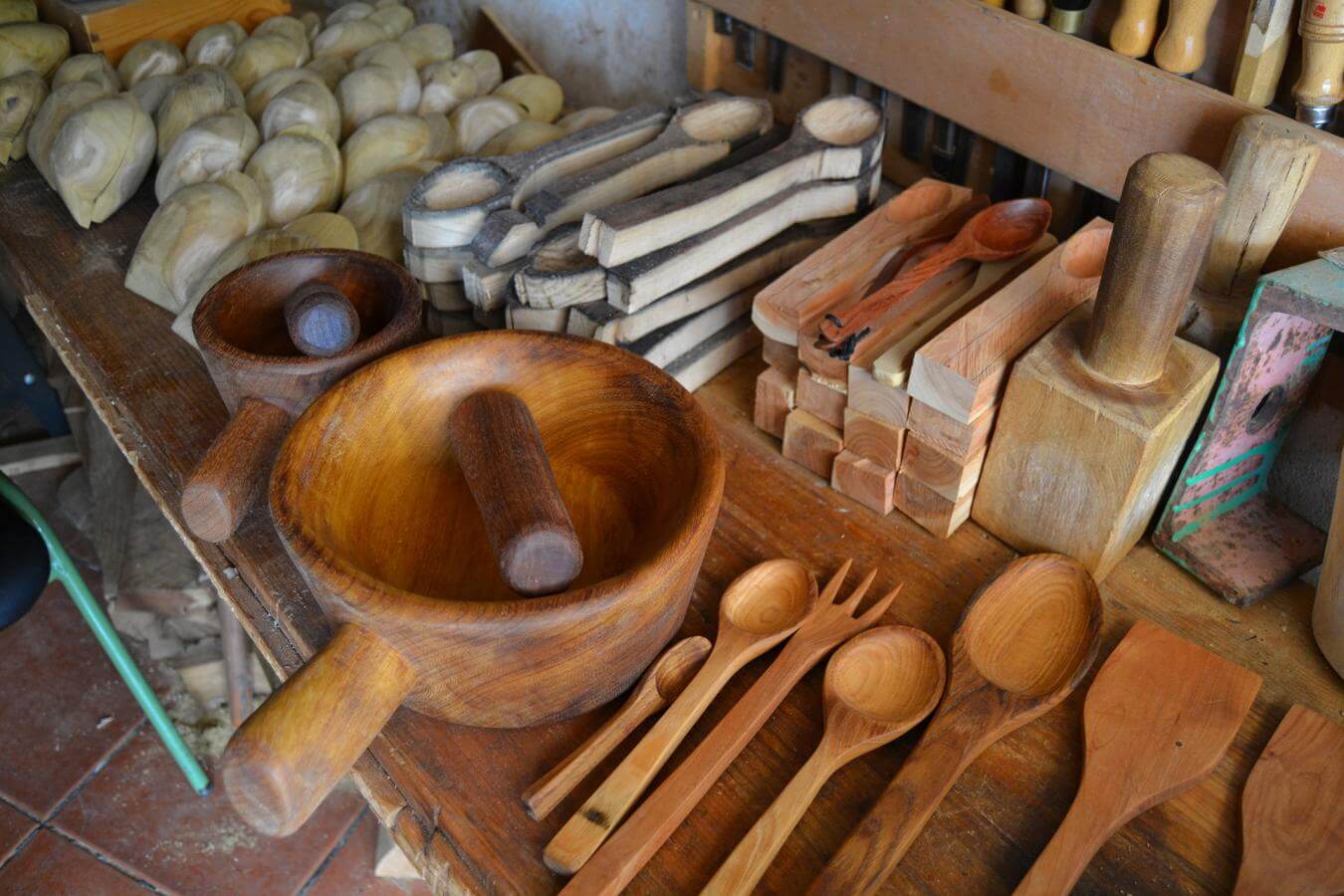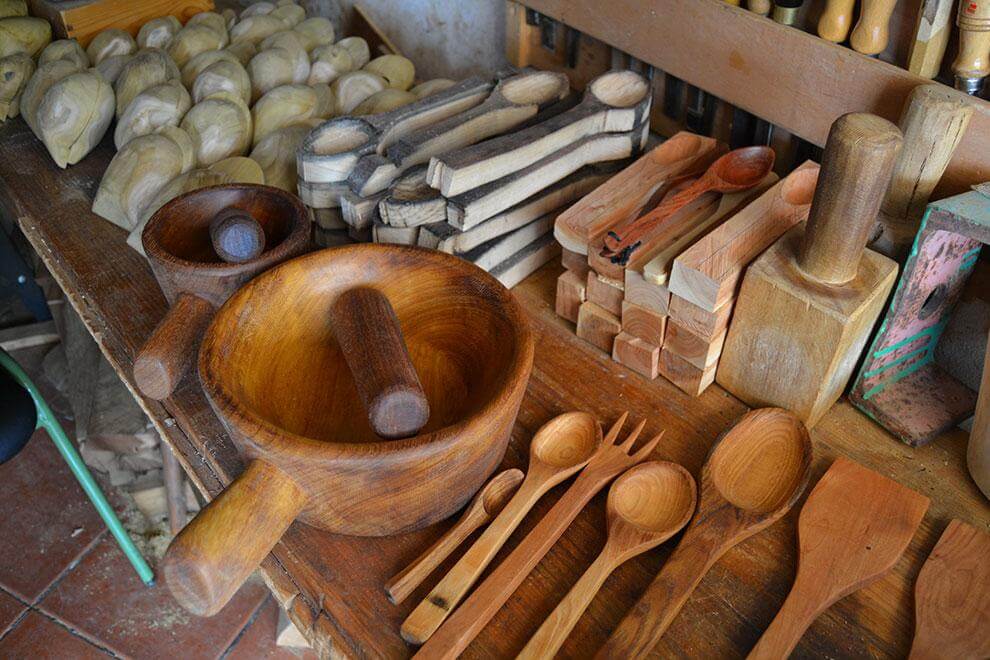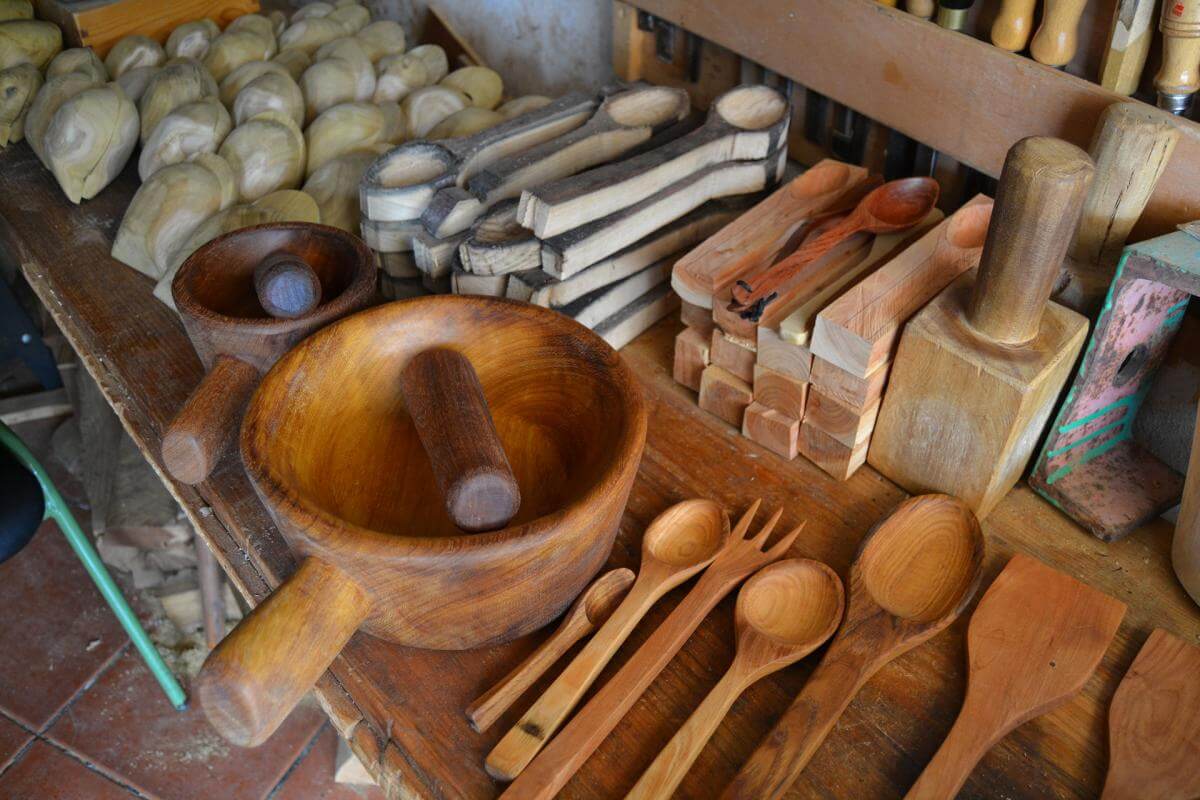Music journeys through our body and reaches the soul. That is why it magnifies the human being, because it is our culture. As much as chácaras and drums are played, it is not the same as the emotion within dance during processions. This is because it creates the impression of lifting the body, especially in church, where the acoustics are special. They are linked to the festivities of the municipalities, and it is not ruled out that the son has lasted since the time of the aborigines of La Gomera, to which the Castilians joined the décimas. In fact, La Gomera is the only place in the Spanish-speaking world where dance with décima cantada is preserved, passed on from parents to sons and daughters, and each family learns a décima that is the one repeated from generation to generation before the venerated image.
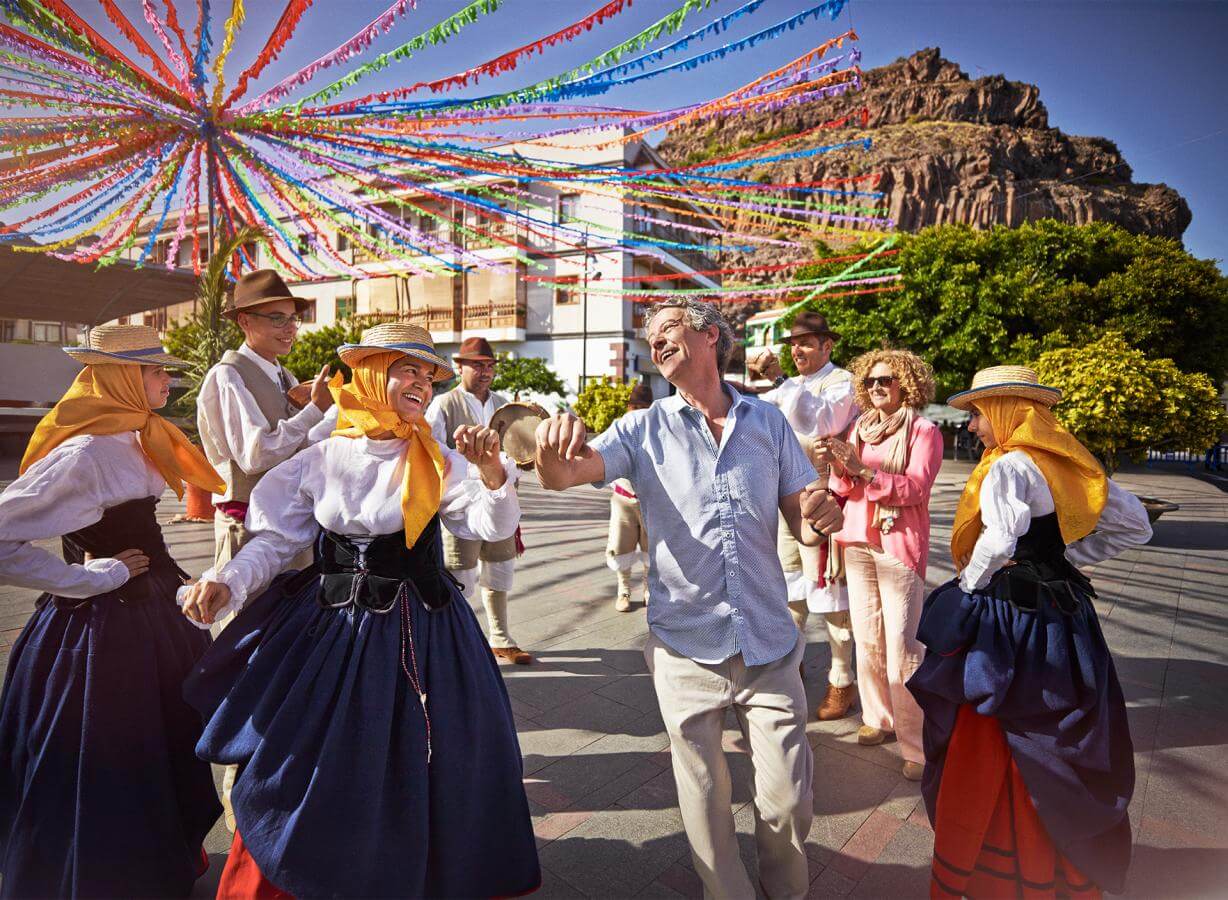

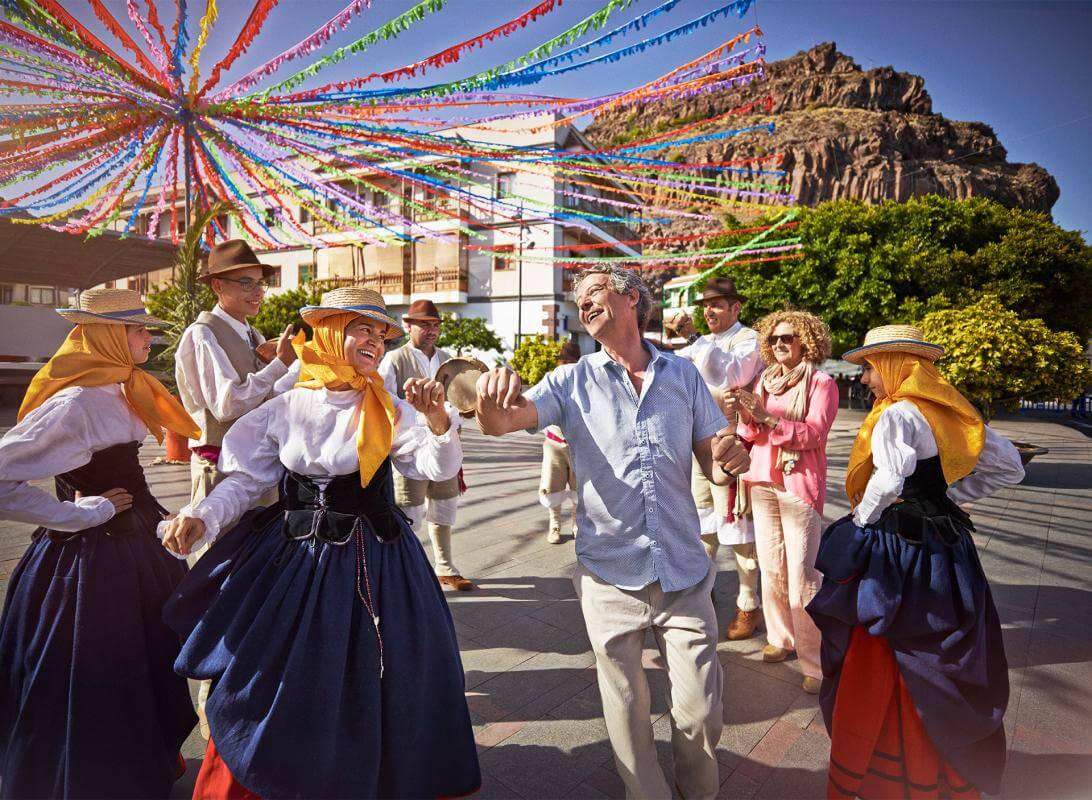
How is the Dance?
In the dance of the drum there are two worlds: those who play the drum and those who play the chácaras. The former abstract themselves through singing and playing the romance of their family, while a challenge arises in the chácaras. Men look at each other and challenge themselves to see who holds out the most by playing the chácaras with a woman dancing, which is not easy at all. The drum takes the rhythm and it can’t be lost, so with a chácara in each hand, one repica and the other taking on the rhythm of the drum. All this while dancing.
The drum dance is participatory. Anyone with a partner can dance to the beat. There are rules in the choir and not anyone can come in, but the dance is for anyone who wants to.
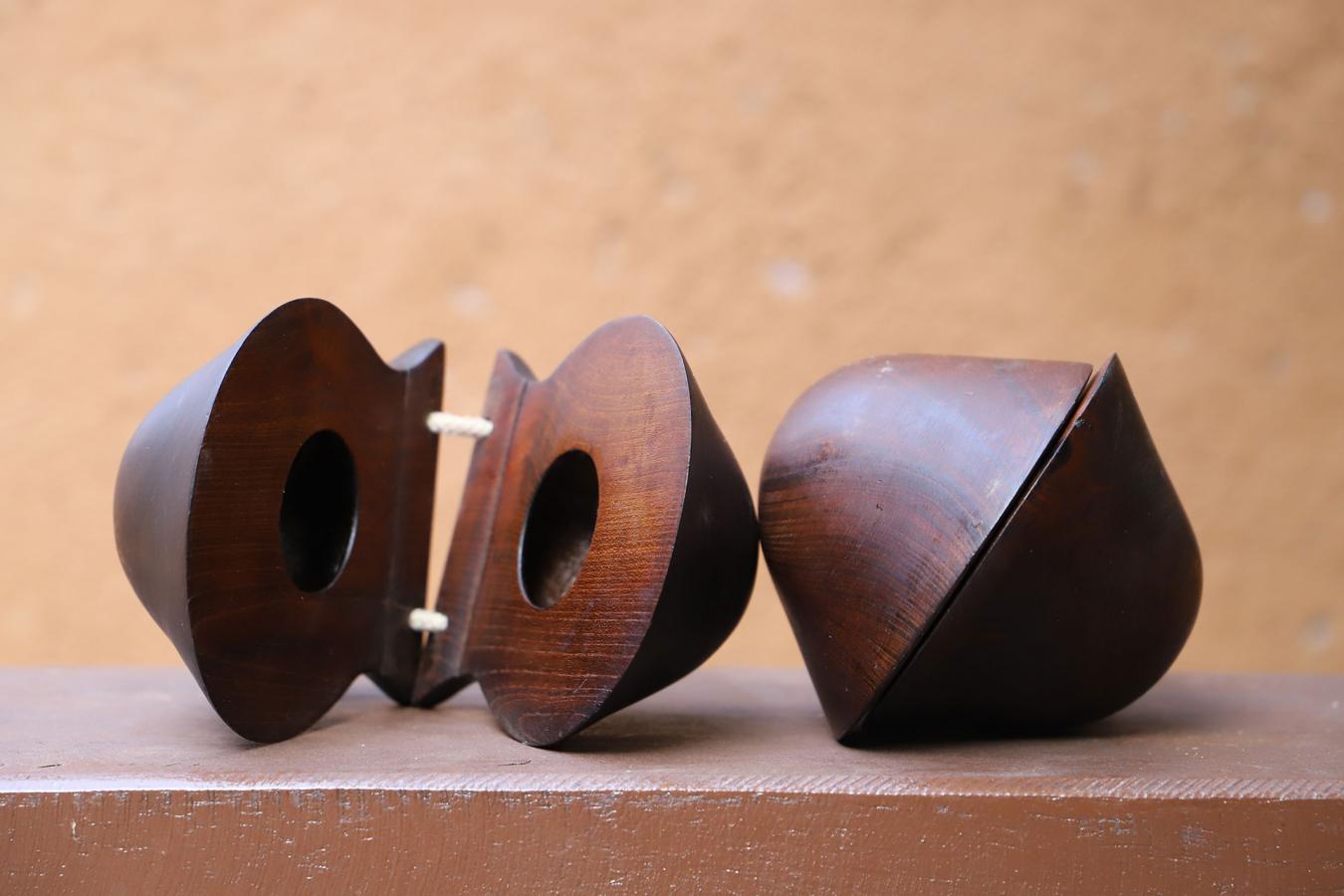
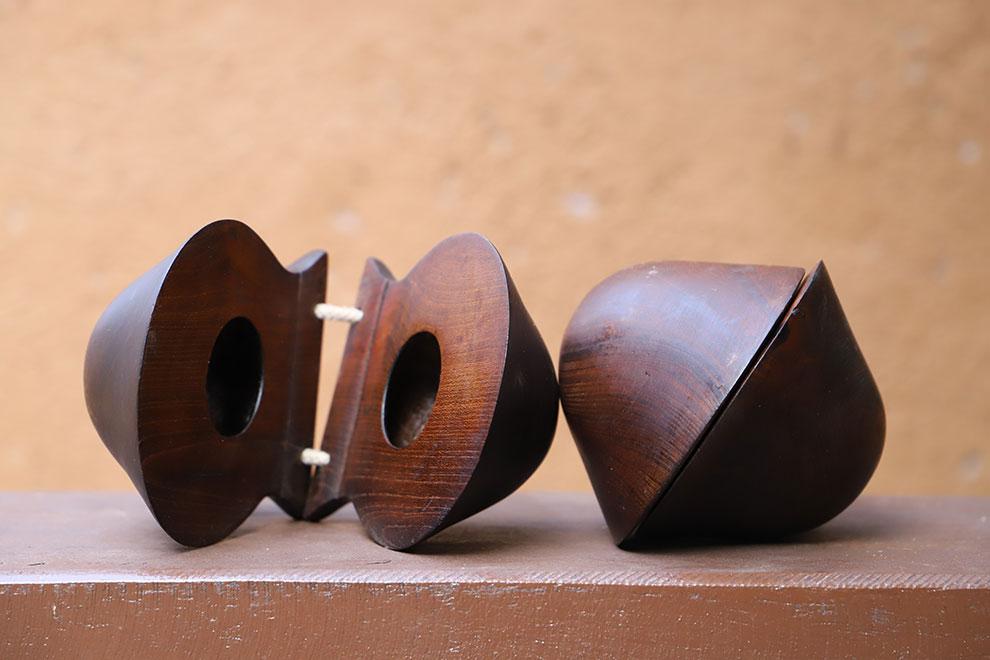
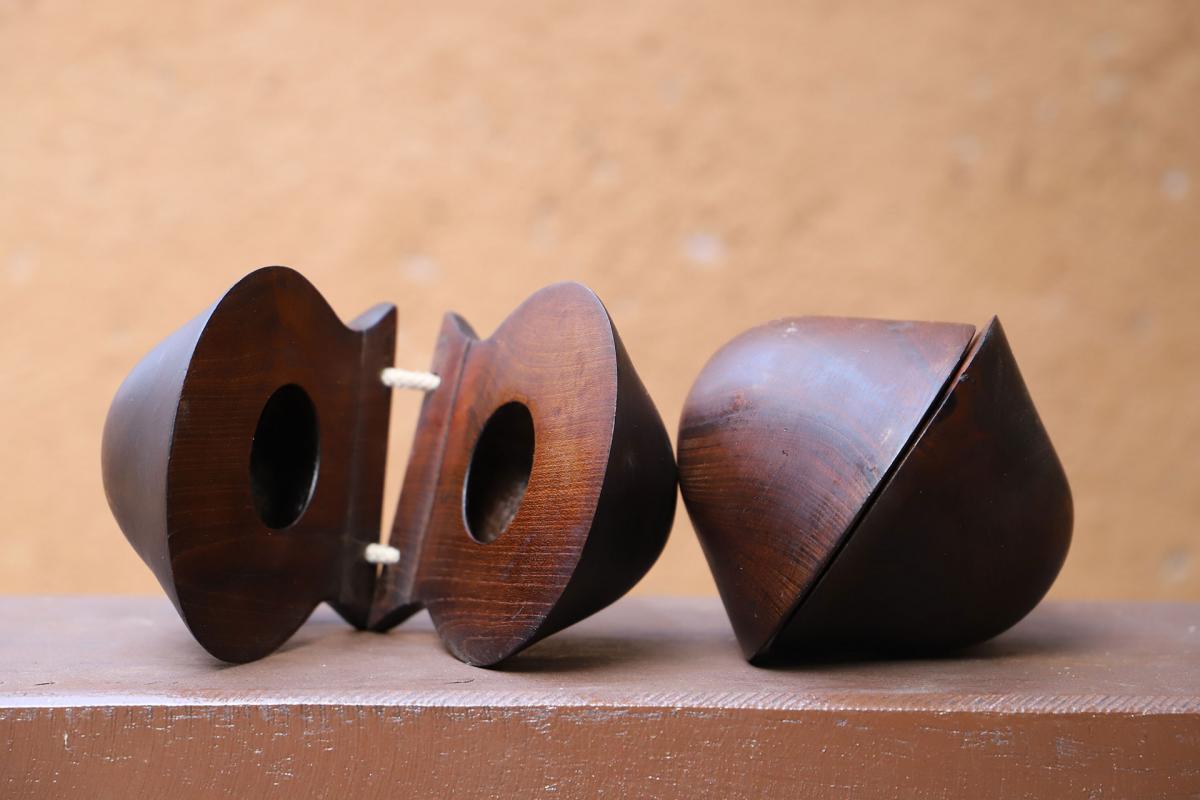
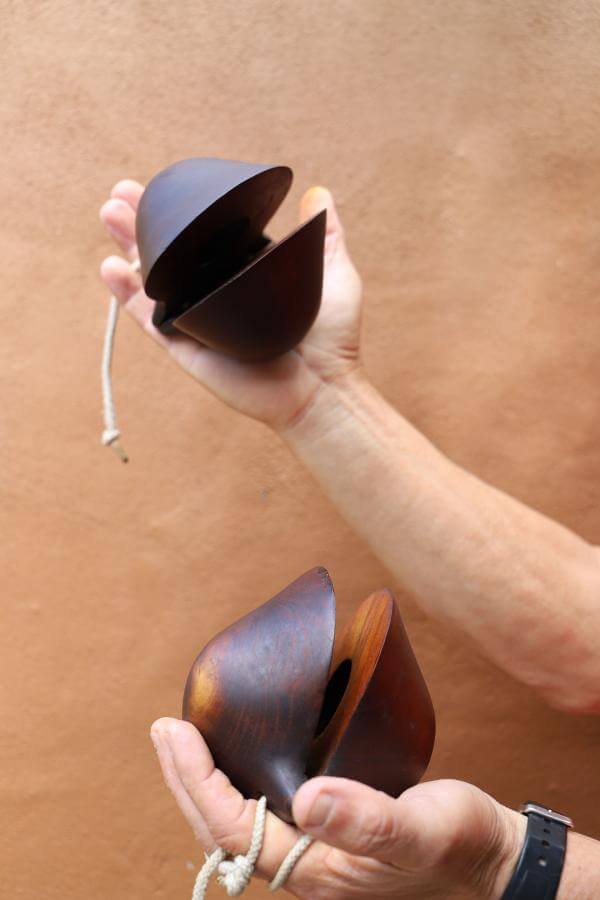
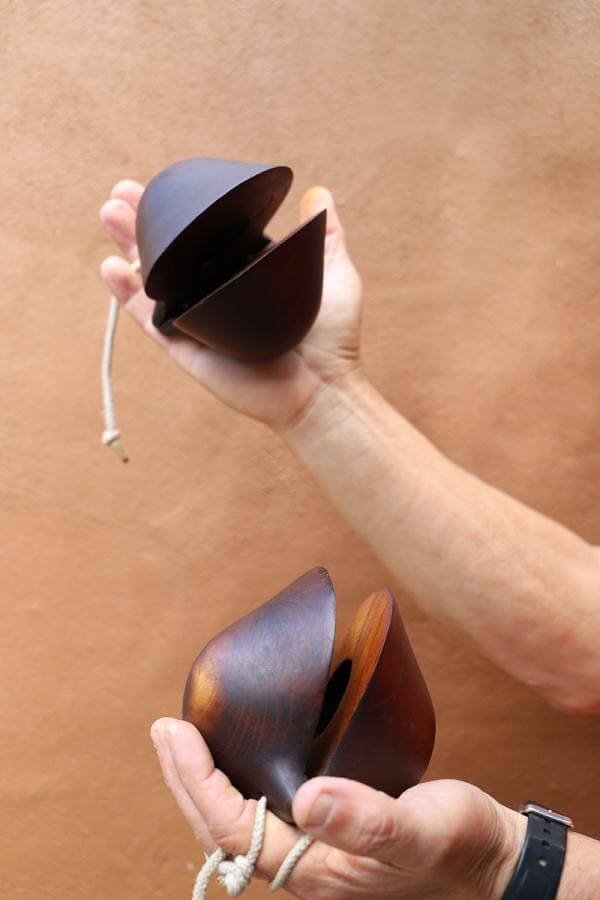
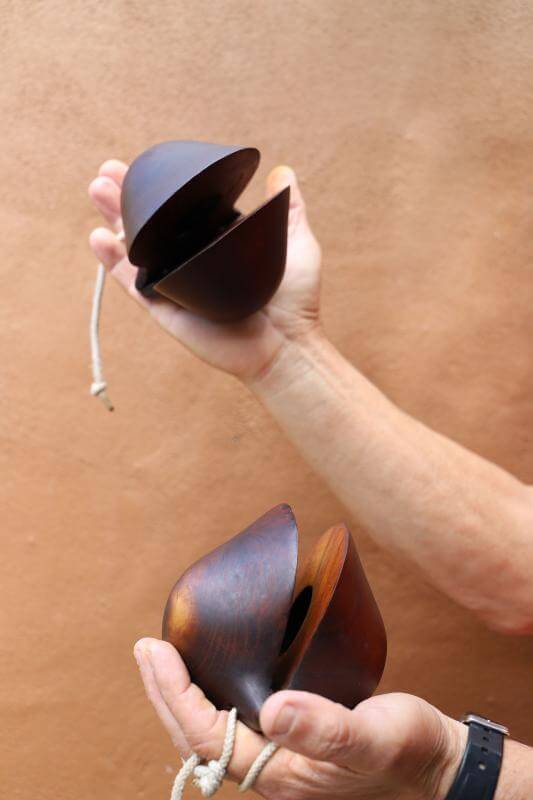
Experience the Son of La Gomera in its Processions
- Feast of San Isidro in La Palmita, in Agulo.
-Feast of Guadalupe, in Puntallana, San Sebastian de La Gomera.
-Feast of las Rosas, in Agulo.
-Feast of la Virgen del Buen Paso, in Alajeró.
-Feast of la Candelaria in Chipude, Vallehermoso.
- Feast of the Acevines, in Hermigua.
-Feast del Carmen, in Vallermoso.
-Feast of San Marcos Evangelista, in Agulo.
-The Arure Bouquet, in Valle Gran Rey.
All of these feasts have been celebrated in the midst of the lush nature of La Gomera for more than 300 years, which provokes the amazement and admiration of hikers who travel the island along its marked trails; found in the middle of the paving or roads between the months of April and October. There are entourages of drums and chácaras that accompany processions for miles, even uphill, while still playing and dancing. In fact, up to 20 pairs of chácaras and 10 pairs of drums can encounter one another, although it is normal that they can be less, but always moving the whole body within the trance that creates this special melody, only heard in La Gomera and that resonates in its valleys and ravines.
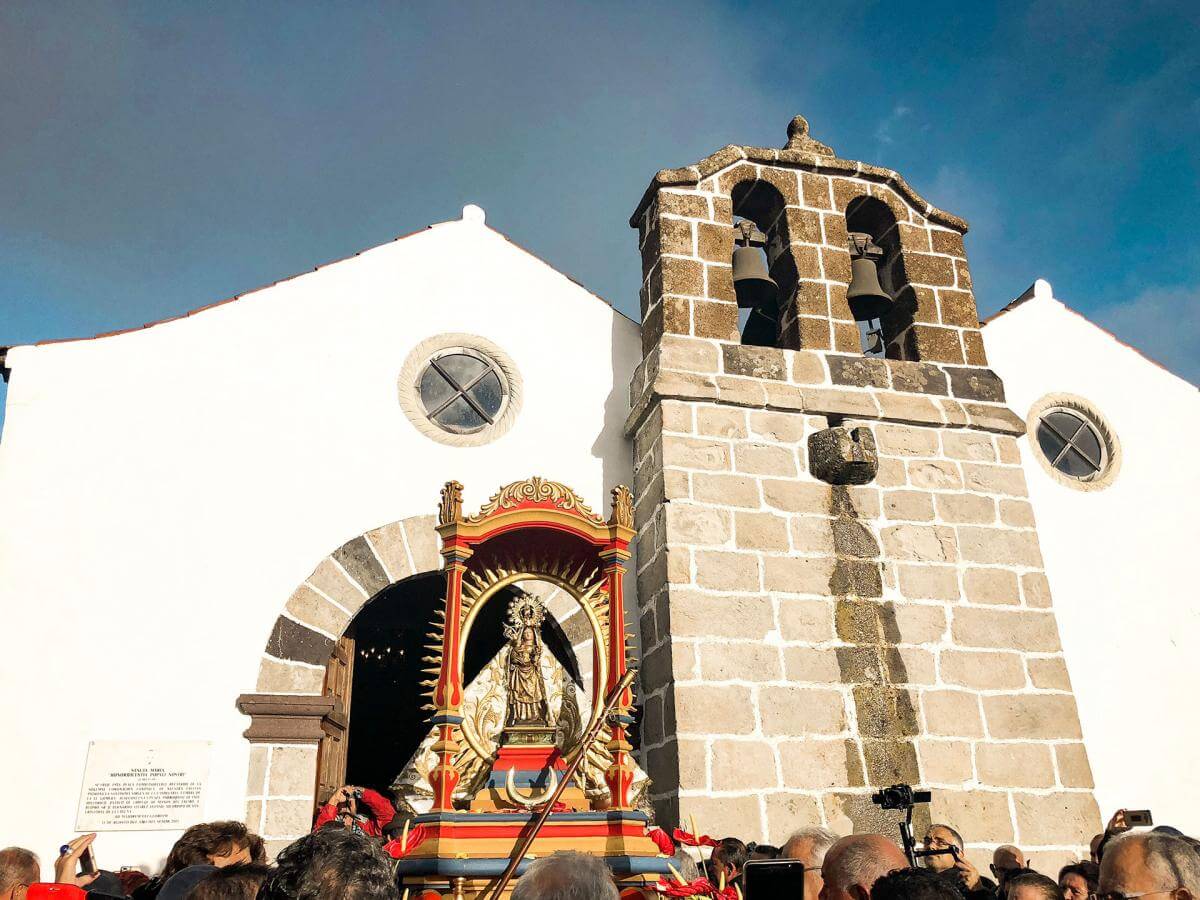
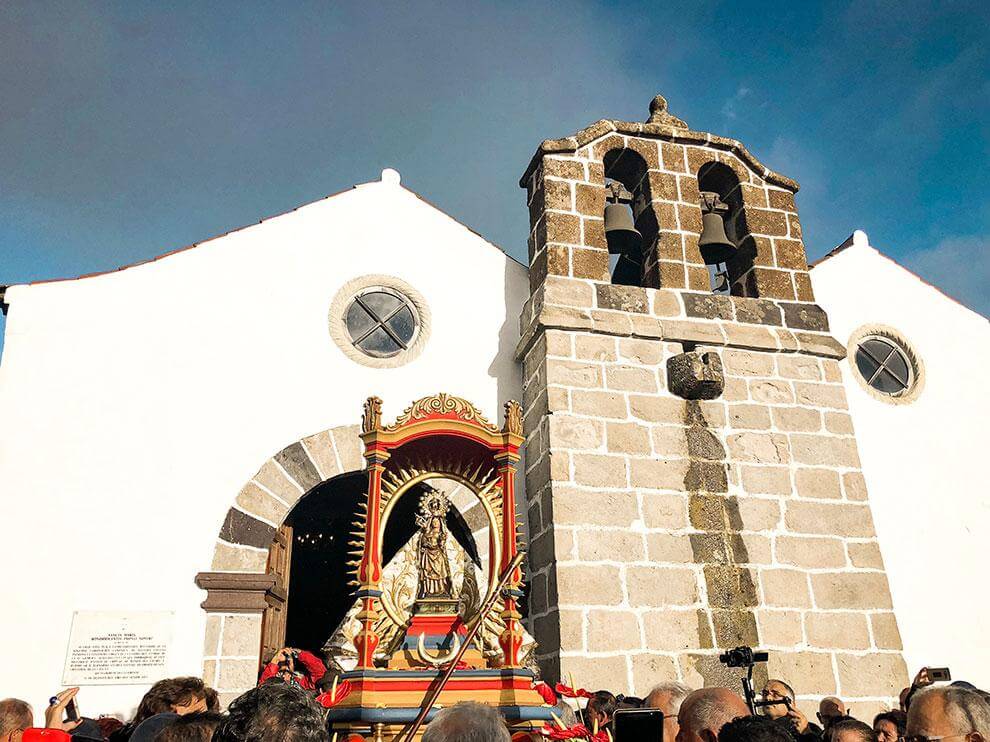
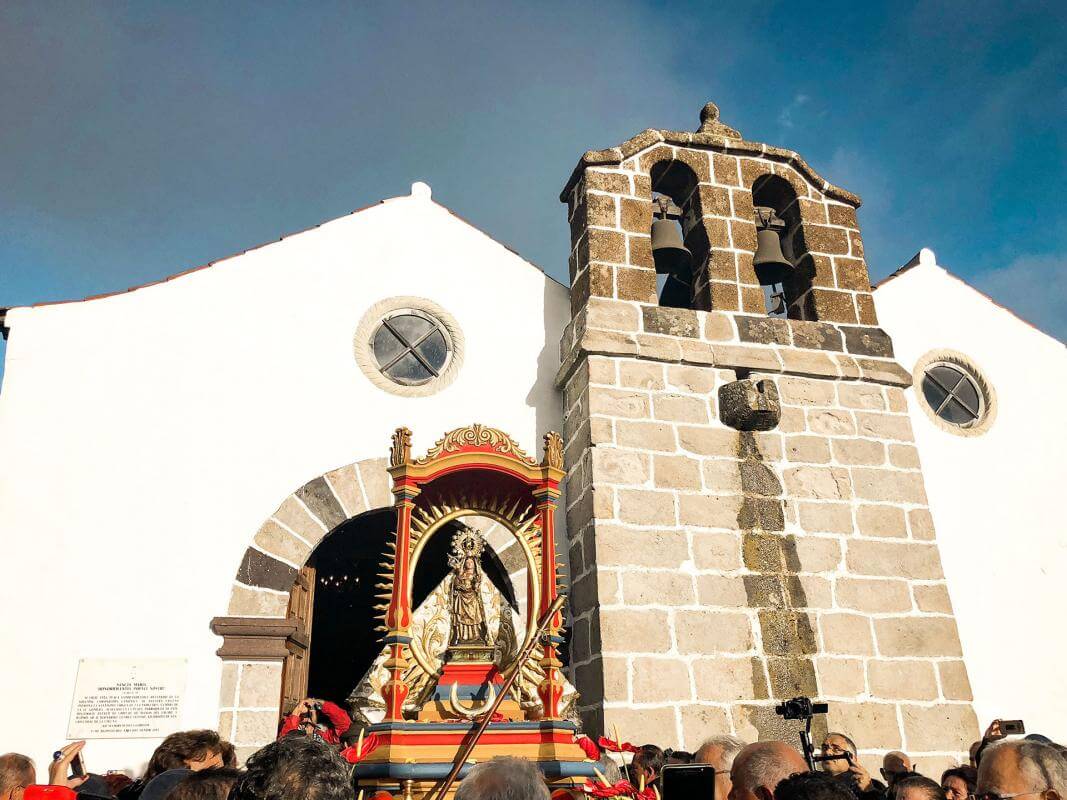
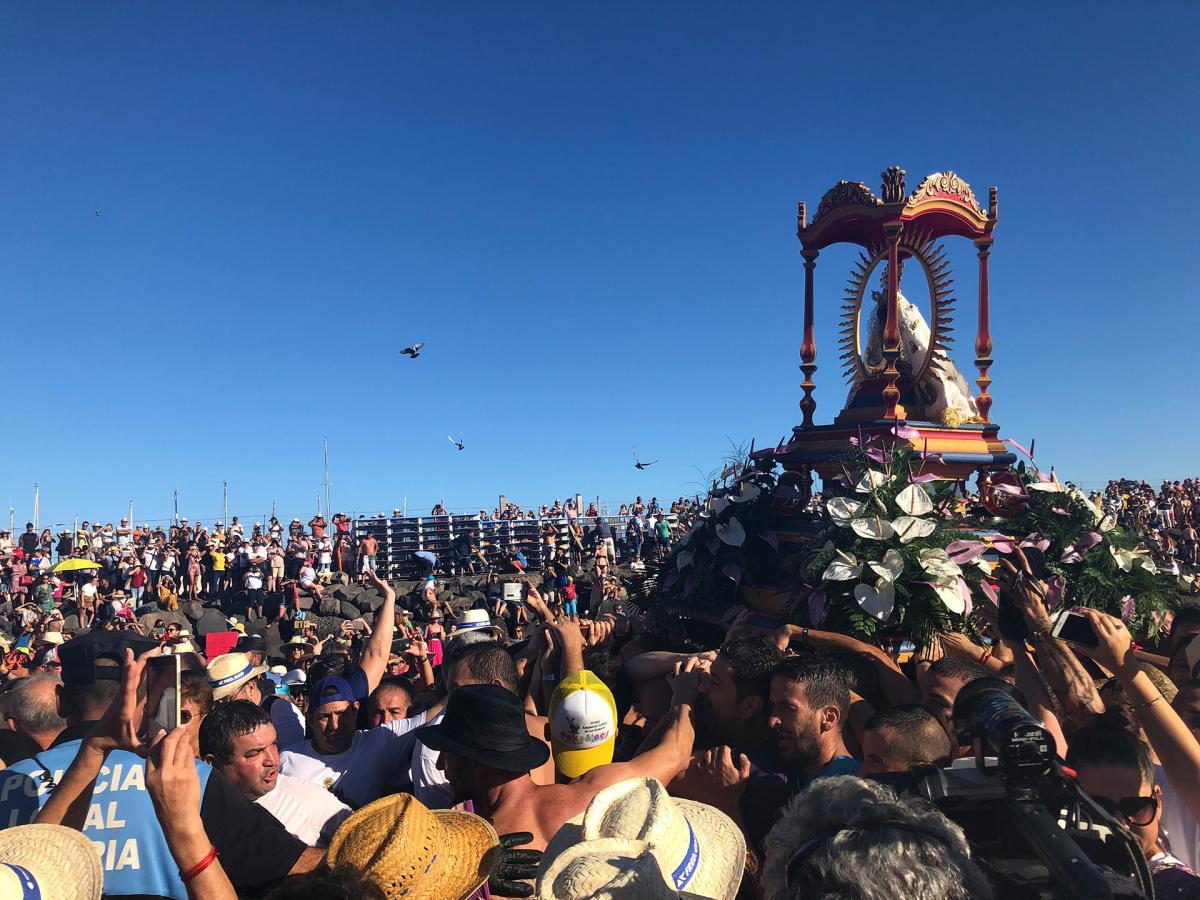
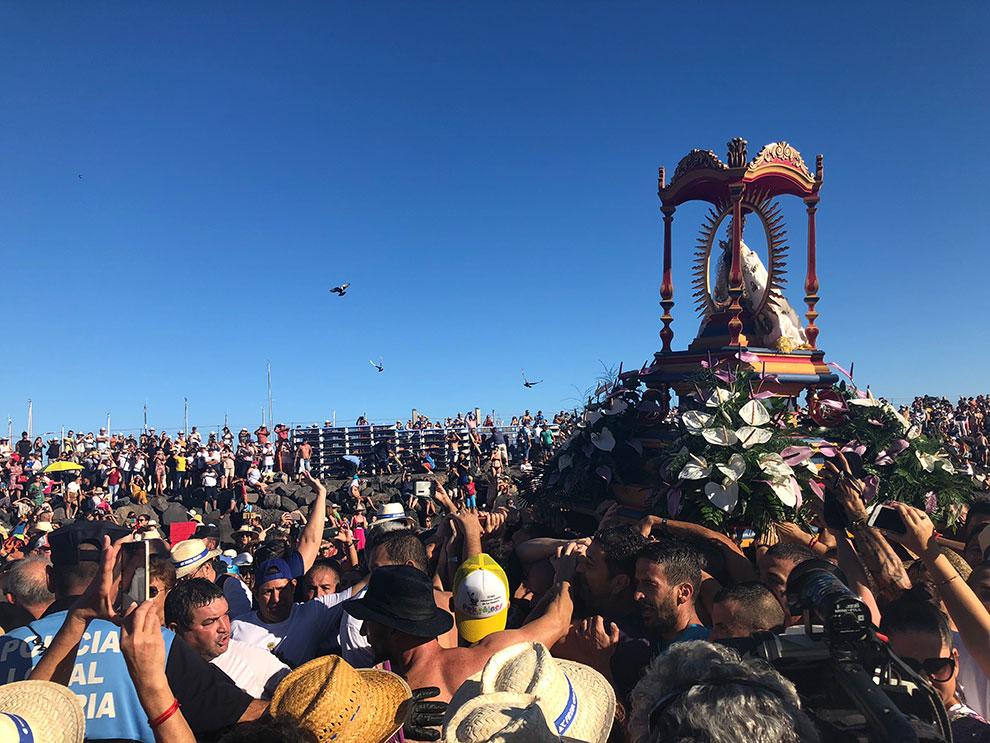
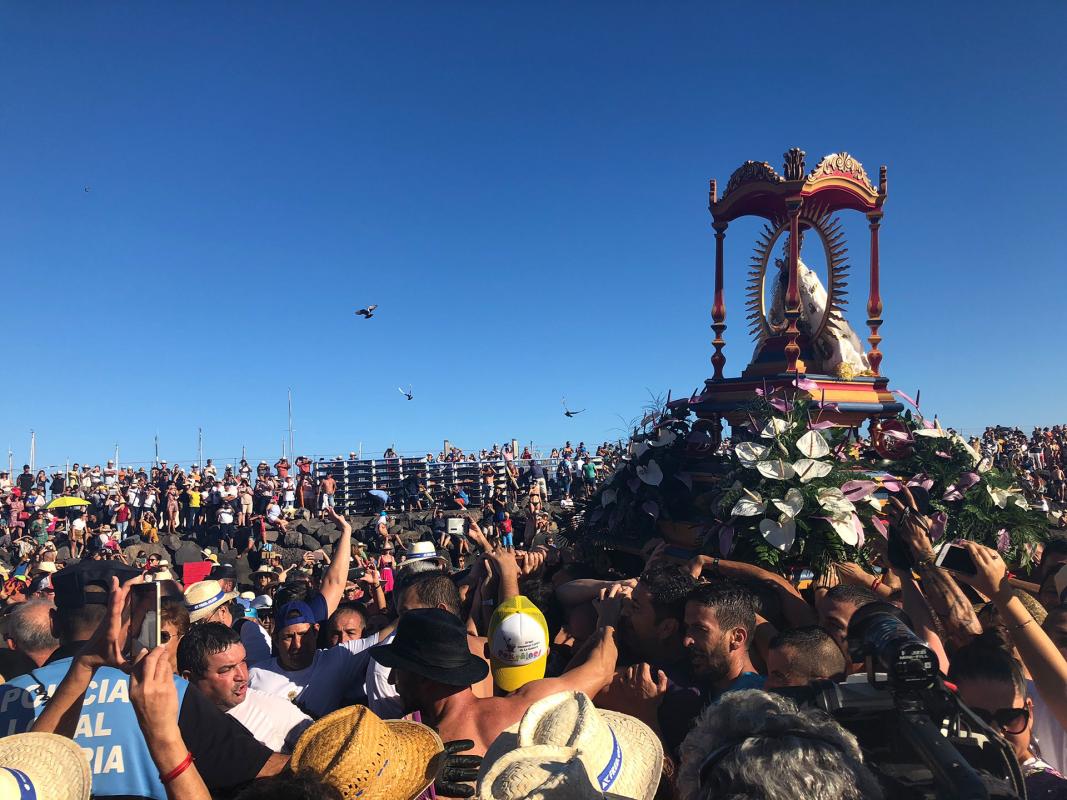
Family Tradition
Ramón Correa’s family has played the chácaras for four generations, as he recalls. “They sang and played,” he says, “and they left me the legacy of the romancero, because in La Gomera children sleep while singing romances to them.” Romances from the Spanish romancero of the seventeenth and eighteenth centuries are sung, and each family has its own, learned and passed on from father to son, now also to daughters. “I maintain that the rhythm is aboriginal,” Correa underlines, “and that romance is involved in that rhythm, because there are no sharp words at the end of the verse to be able to follow it. And I think the drum is aboriginal as well.” The singularity of this sound joins that of the whistled language of La Gomera, declared by UNESCO Intangible Cultural Heritage of Humanity. The island is also a UNESCO Biosphere Reserve and, apart from Garajonay National Park, it has 17 Protected Natural Spaces that can be enjoyed in all its immensity along its more than 600 kilometres of trails, or in the 35 official lookouts that this corner of the Atlantic shelters behind impossible ravines, marked by legendary rocks. Thus, it is natural that its traditional music raises the spirit as high as their mountains.
What are Chácaras Made Of?
It is a wooden instrument, but durable wood, since it starts peeling upon being played. Fustic wood is good, with a whole ritual behind it, because the tree has to be cut during the waning moon. It is very important that the tree has no fruit. Once the tree is cut, it has to dry for 2 or 3 years. Persea indica wood is also used, which dries earlier and is lighter. The chestnut tree, mahogany and barbusano are other trees suitable for creating chácaras. “I keep some Chipude chácaras that are made of wood from 300 years ago. It’s a relic of my family,” concludes Ramón Correa, Romancero of La Gomera.
